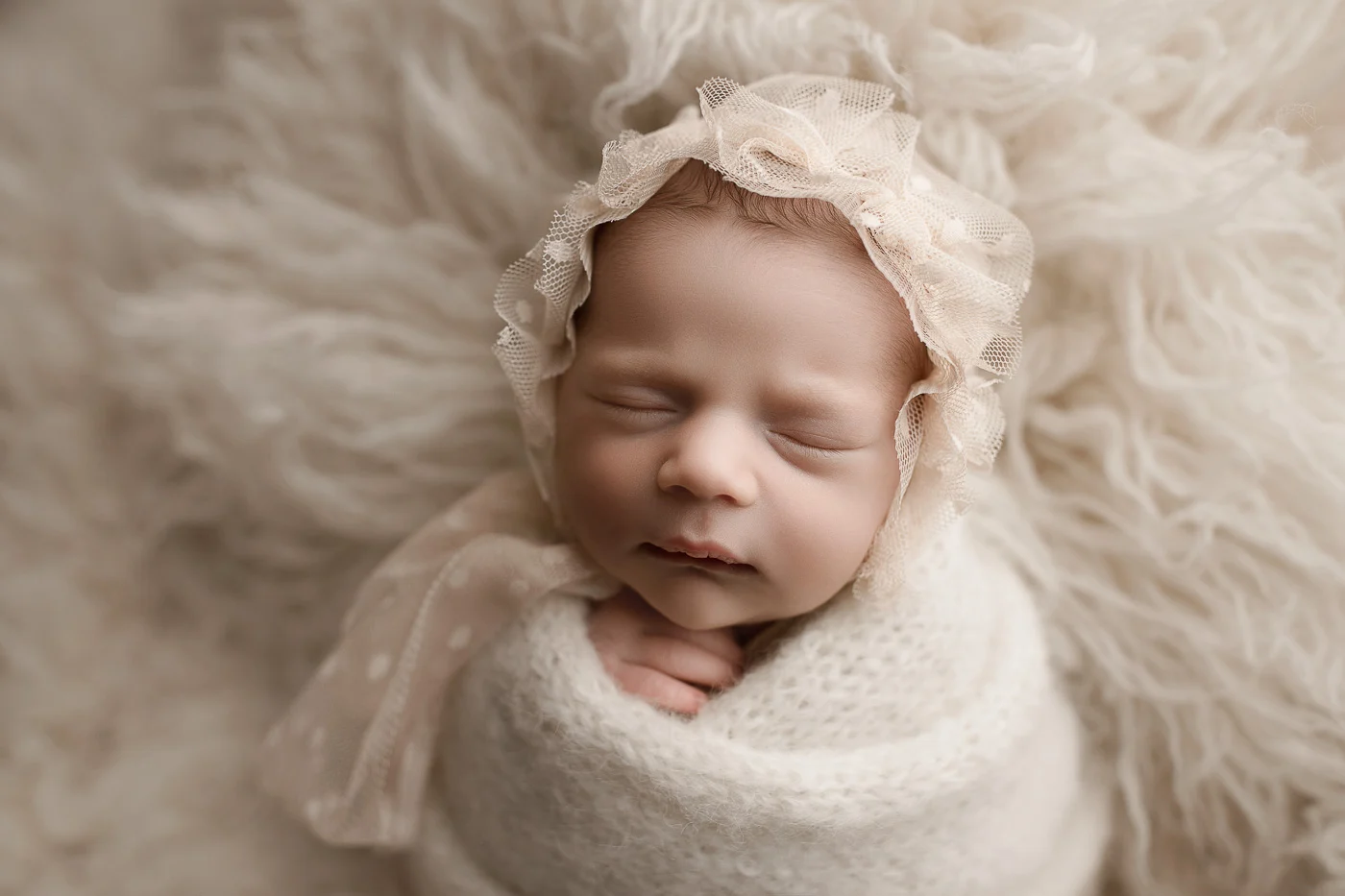Parenting
Updated: May 13, 2023
From the moment my son was born, his vibrant red hair—what we affectionately refer to as “sunset orange”—captivated me. The way it shines, reminiscent of light filtering through autumn leaves, is nothing short of mesmerizing. However, this beauty has drawn both admiration and unsolicited comments from strangers, leaving me to navigate how he perceives his unique look.
Shortly after his arrival, a college friend, a fellow redhead, lamented, “He’s got the curse.” My husband and I exchanged puzzled glances; we had envisioned a future full of playful, curly-haired kids. But as our friend recounted his own childhood struggles, we couldn’t help but feel a twinge of concern.
Now, I see the truth in his words.
Every outing seems to invite a flurry of remarks about my son’s hair. Comments like:
- “Wow! Look at that hair!”
- “You’re gonna be trouble!”
- “Hey there, Red!”
- “You’re a fiery one, aren’t you?”
- “A ginger!”
- “That hair is too much—just too much!”
- “Carrot top! Did you munch on a whole bag of carrots?”
- “Redheads dance with the devil.”
It’s astonishing how often adults, without a second thought, speak these phrases to my four-year-old. While the intentions are innocent, it often leaves him feeling confused and even self-conscious. Yes, many people are genuinely enchanted by his hair, but he struggles to interpret their enthusiasm. Sometimes, the comments feel like a burden, making him question whether his hair is “too much.”
Taking our friend’s cautionary advice to heart, I decided to take proactive measures. As soon as he turned two, I began to respond to these comments. When someone would announce, “A ginger!” I’d chime in, “Isn’t it just beautiful hair?” And if they joked about him being trouble, I’d quickly correct, “No, that’s someone else. He’s a sweet boy.” Most people would catch on and agree with me, but I still felt it wasn’t sufficient.
The representation of red-haired boys in popular culture is disheartening. While red-haired girls might encounter their own set of stereotypes, there’s far more positive representation for them. In contrast, boys often see redheads depicted as mischievous or foolish in children’s books, and grown men in advertisements rarely share the same fiery locks. Even when they do appear, they’re often portrayed as clumsy or goofy.
I found myself pondering how best to empower my son against this stigma. Then, ESPN came to the rescue. The magazine cover featuring Andy Dalton showcased a confident, charismatic man with striking red hair. It was refreshing to see a redhead presented with strength and allure.
When the magazine arrived, I casually placed it on the table near my son and a friend. “Look at this guy!” I said to her. “He’s pretty cool and handsome.” My son leaned in, intrigued but silent.
For the next week, I made sure to keep the magazine visible without making a fuss. Finally, eight days later, he approached me with the picture and asked, “Mommy, do you think this man’s hair is handsome?”
“Yes, buddy, I do. It’s very handsome,” I replied, barely catching the bright smile that spread across his face—an expression full of relief and newfound pride.
Thanks to this simple yet powerful moment, my son walked away with a boost of self-esteem that I hope will last.
If you’re interested in exploring more about how to support your child’s journey in embracing their uniqueness, check out this insightful post on intrauterine insemination. And for those considering at-home insemination, you can find reputable kits at Make a Mom. Additionally, for anyone wanting to learn more about the process, NHS offers excellent resources.
Summary:
Navigating the world as a parent of a red-haired child can be challenging, especially with the misconceptions and stereotypes surrounding red hair. Through proactive encouragement and positive representation, I helped my son embrace his unique look and build his self-esteem, turning what some might see as a curse into a badge of pride.

Leave a Reply